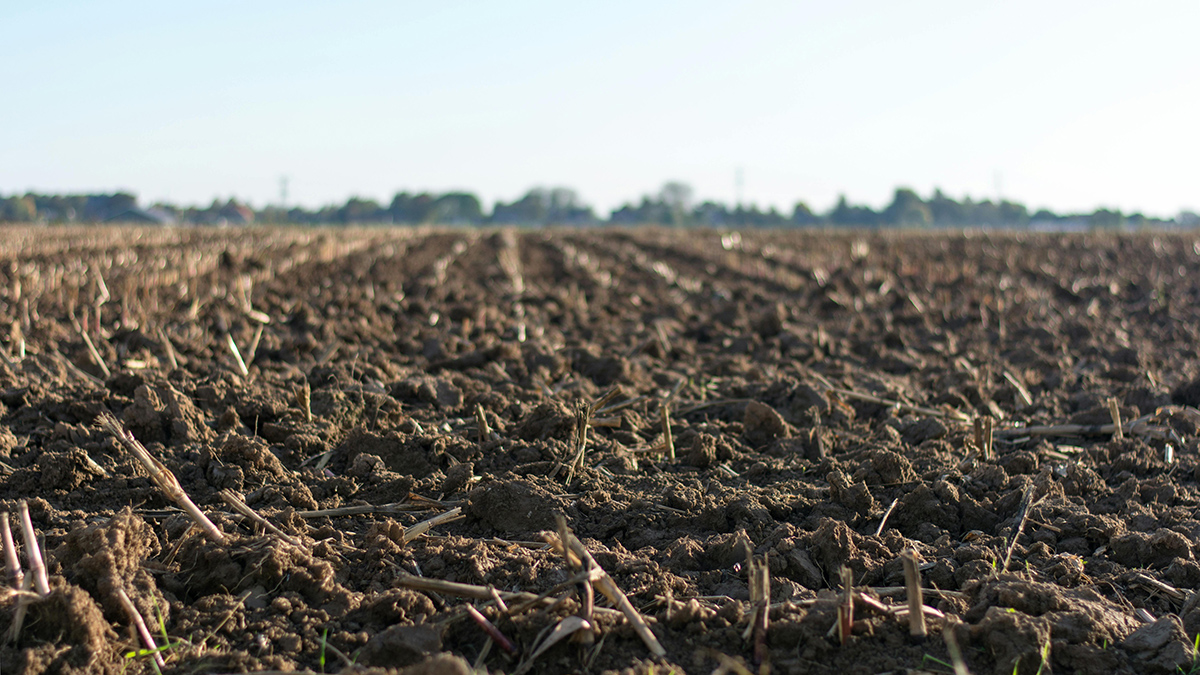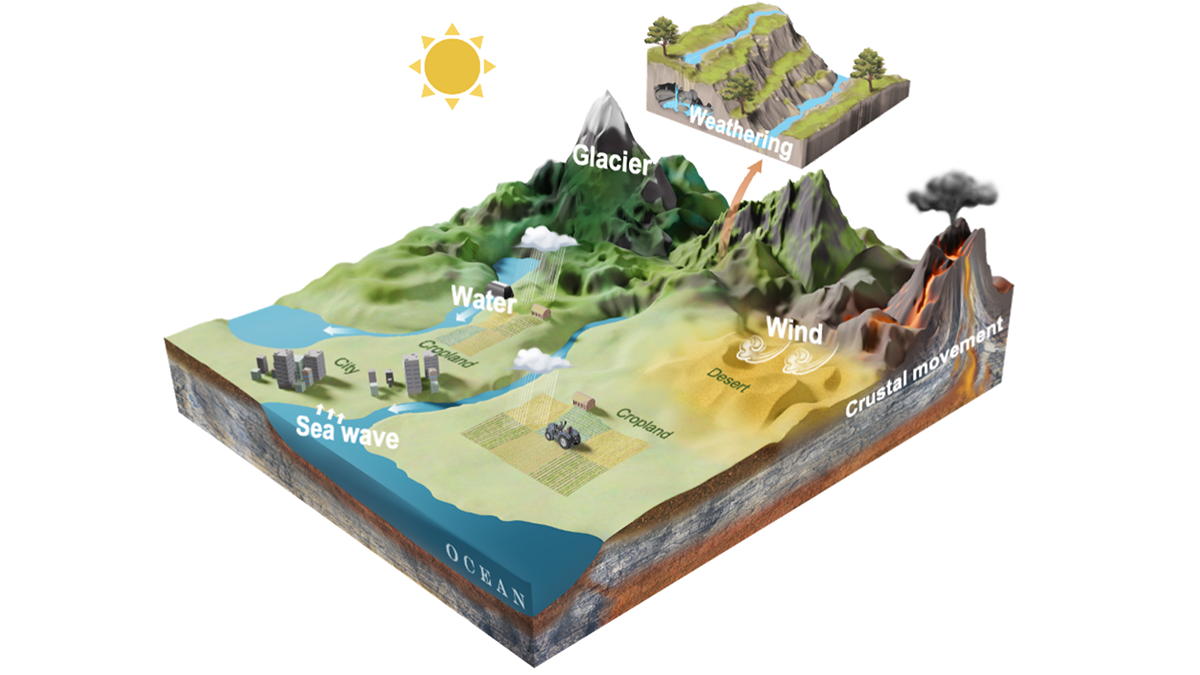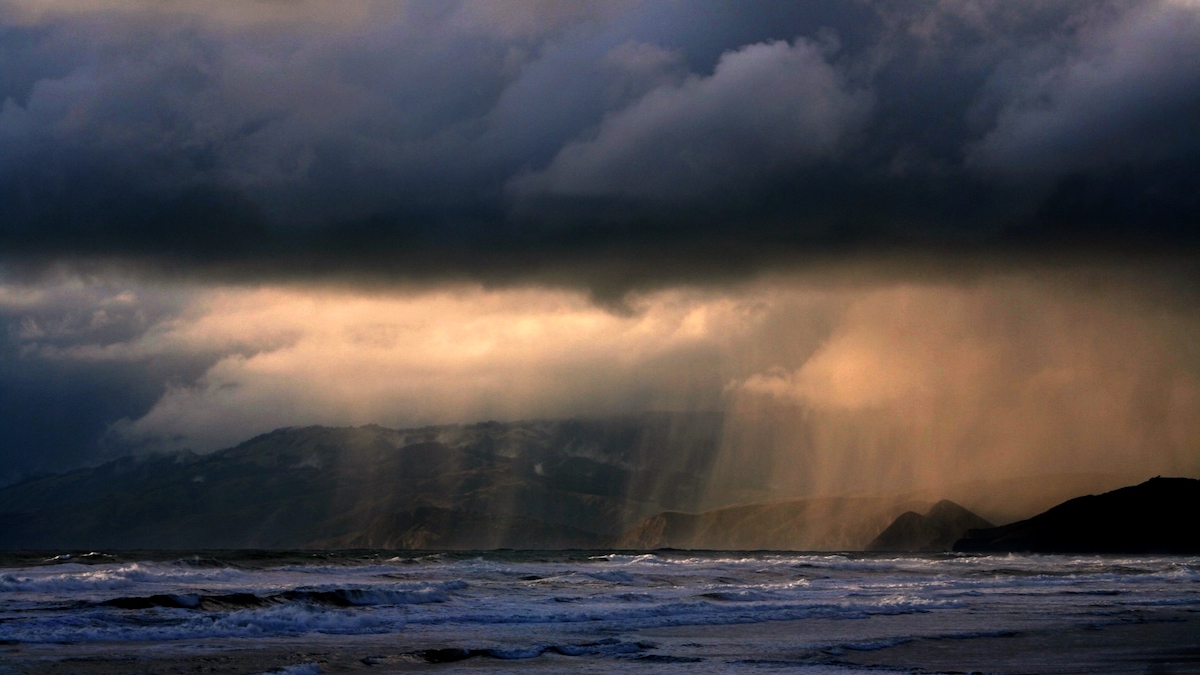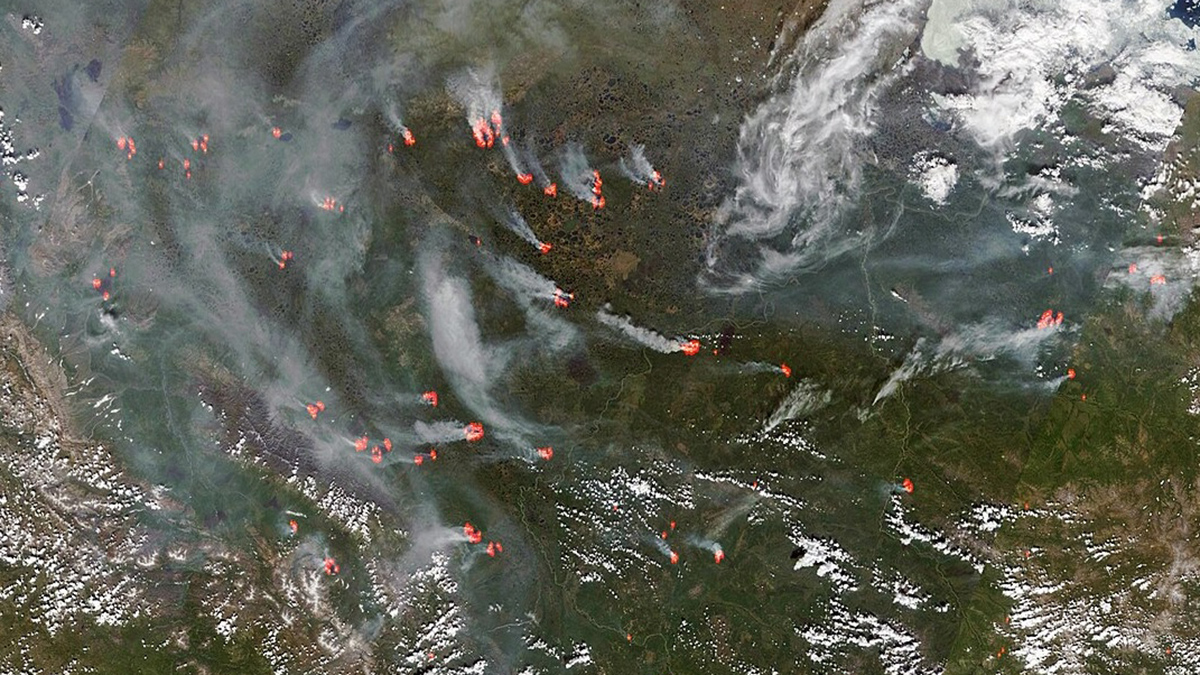A pared-down model that considers only precipitation and net surface radiation seems to solve long-standing problems.
precipitation
Erosion: An Overlooked Contributor to the Carbon Cycle
Since physical and chemical erosion yield comparable carbon fluxes, studying both together is essential to avoid biases in erosion-driven carbon flux estimates.
Confronting Debris Flow Hazards After Wildfire
Scientists and practitioners have identified research priorities to improve scientific understanding of postfire debris flows and meet decisionmaking challenges posed by this growing hazard.
Panama Canal Logistics Are at the Mercy of Weather and Climate
Regional weather variability and climate change make operating the canal a challenge.
The April 2024 landslide cluster in Jiangwan, Guangdong Province, China
The Landslide Blog is written by Dave Petley, who is widely recognized as a world leader in the study and management of landslides. In April 2024, Jiangwan Town, which lies in the Shaoguan City administrative area of Guangdong Province, China suffered extremely heavy rainfall, triggering landslides and floods that caused extensive damage. A new paper […]
CT Scans Show How Giant Hailstones Grow
Dental office technology is giving scientists a peek inside giant hailstones.
How Does Subsurface Lithology Speak to Hillslope Morphology?
Subsurface flow hydrology connects soils and bedrock lithology to long-term catchment evolution in humid landscapes.
Rainfall Makes the Ocean a Greater Carbon Sink
Rain has so far been ignored in calculations of the ocean’s capacity to take up carbon, but a new estimate shows it enhances the ocean sink by 5%–7%.
Arctic Warming Is Driving Siberian Wildfires
Increased temperatures and drought are leading to more wildfires. And wildfire smoke aerosols can suppress precipitation, drying out soils and further increasing fire risk.
The Size of the Great Salt Lake Affects Storm Precipitation
Utah’s most famous body of water is shrinking, and storms might deliver less precipitation than normal if that trend continues.










